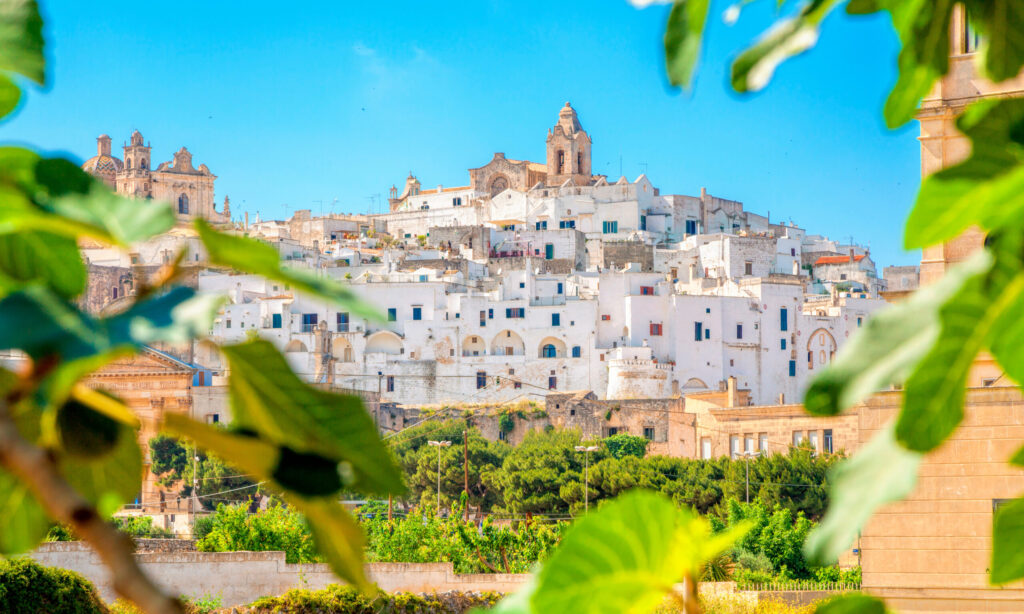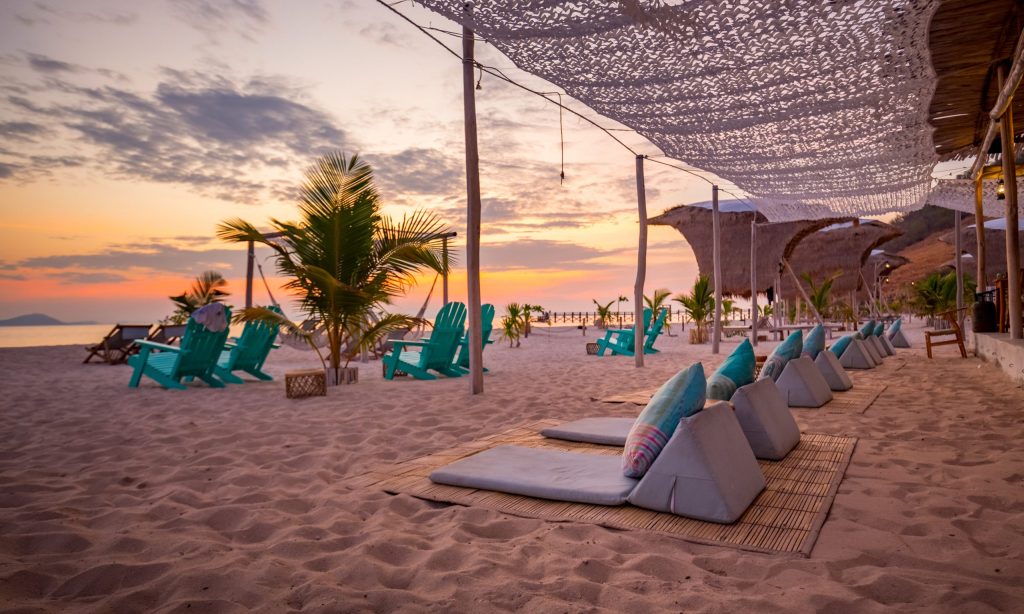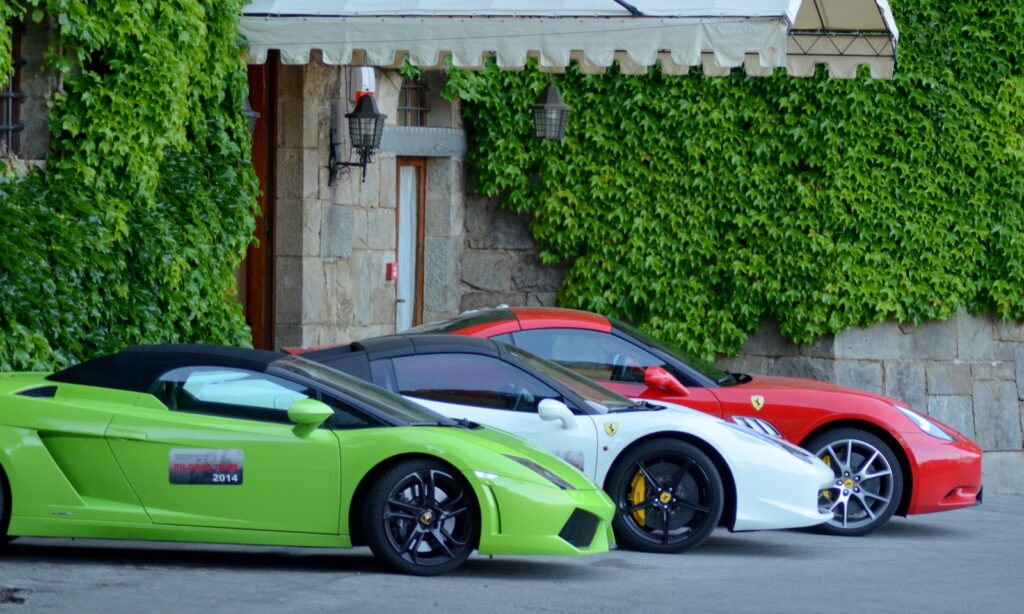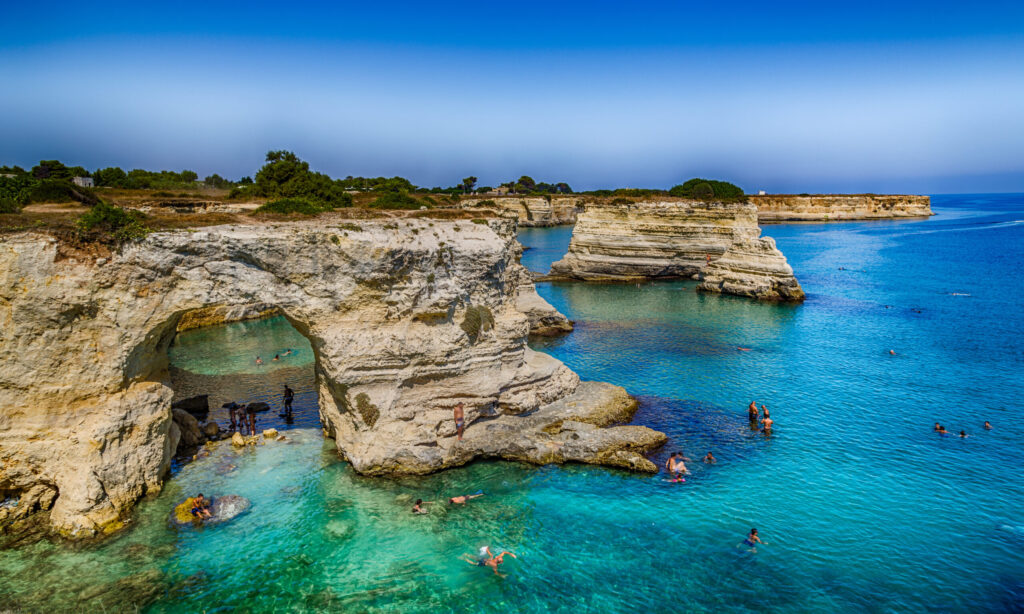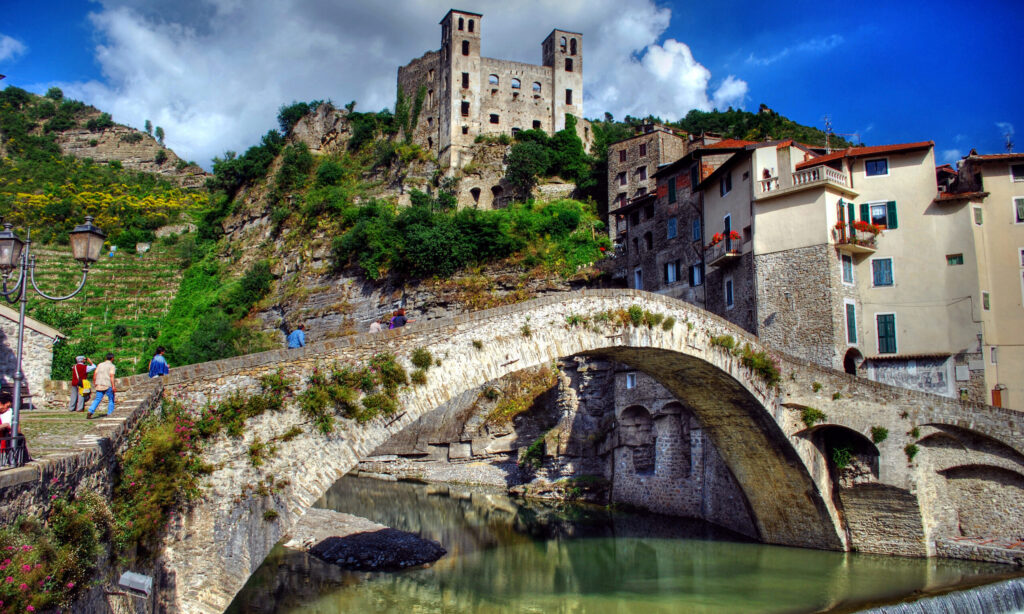The Ligurian capital Genoa
A visit to the beautiful capital Genoa should not be missed on any trip to Liguria! It bears the affectionate nickname "La Superba" ("the proud one") and radiates an elegant flair with its magnificent palazzi and churches, remarkable museums and the time-honoured harbour. Not for nothing was it the European Capital of Culture 2004!
Things to know about the capital of Liguria
Even at first glance, Genoa appears likeable and full of contrasts. It is not only the most important city in the entire region but also an example of the special geographical features of Liguria. The city huddles close to the Apennine Mountains and every usable square metre is used architecturally. For example, the runway of the Cristoforo Colombo airport was filled up with the sea!
After the lagoon city of Venice, it has the largest old town in Italy, but it can be visited without the usual crowds of visitors. The old harbour “Porto Antico” was redesigned under the star architect Renzo Piano and is a real visitor magnet. From here you have access to the huge seawater aquarium and the maritime museum. The beautiful harbour piazza also impresses with the 13th century “Palazzo San Giorgio”, once the seat of one of the oldest banks in Europe!
The adjoining “Piazza delle Feste” invites you to linger with benches by the water.
The beautiful old town of Genoa and the magnificent Via Garibaldi
The important old town of the Ligurian capital stretches between the Old Port, the Castello district and the “Piazza Corvetto”. The unmanageable maze of alleys immerses its visitors in the history of the proud city.
The magnificent Via Garibaldi is one of the city’s many highlights and has been a UNESCO World Heritage Site since 2006. It is only 7.50 m wide in total and lined with magnificent palazzi from past reigns of the powerful Genoese families of the Cinquecento. The city’s town hall now resides in the “Palazzo Doria-Tursi” and several halls have been dedicated to paintings by Genoese and Ligurian artists. The “Palazzo Bianco” and “Palazzo Rosso” also house impressive painting galleries.
Castello district and Via San Lorenzo
The Castello district marks Genoa’s oldest settlement area and is the most attractive part of the city. The main lively axis is Via di Canneto il lungo with traditional shops and focaccias. It ends at the beautiful “Piazza delle Erbe”, around which Genoa’s colourful nightlife pulsates. The beautiful church “Chiesa San Donato” and the Romanesque church “Santa Maria di Castello” are particularly worth seeing. The massive city gate “Porta Soprana” dates to the 12th century and marks the eastern border between the old town and the new town.
From here you can stroll along Via San Lorenzo to the Old Port. The imposing San Lorenzo Cathedral is the largest church in the city. The basilica was built as early as the 12th century. It received its Gothic, black-and-white striped façade after a devastating fire. The right bell tower is in Renaissance style. The artistic depiction of Christ in the main portal of the church is particularly impressive.
From here it is only a few steps to the “Piazza Matteotti” with its magnificent “Palazzo Ducale”. The magnificent palace was the official residence of the head of the Maritime Republic of Genoa for centuries. Above the piazza is the beautiful church “Chiesa del Gesù” in splendid baroque style.
The neighbouring “Piazza San Matteo” is undoubtedly the most beautiful square in the historic city centre. The black and white striped façades, curved window arches and pillared arcades line the square in late medieval Gothic. On the left is the oldest palazzi of the Doria family from the 13th century. The Gothic church “Chiesa San Matteo” is the eye-catcher of the picturesque square.
The winding alleys “carruggi” towards the harbour are also worth seeing. In the more unspoilt part of the harbour district of the old town, there is a colourful market bustle during the day. In the newer part of Genoa, the “Piazza De Ferrari” with the side portal to the “Palazzo Ducale”, the art academy, the “Teatro Carlo Felice” and magnificent palazzi for the banks are particularly impressive.











